
Some dogs require more effort than other breeds to groom. Depending on the coat they have and other health conditions, some may need more frequent grooming sessions as well as special care products.
Here we look at 25 of the hardest dog breeds to groom.
Yorkshire terrier
Keeping your Yorkshire terrier tidy takes attention to detail.
The Yorkshire Terrier Club of America says: “Cleanliness is very important as dirty hair cannot grow well” for Yorkies, so they require bathing at least once every week or two.
Owners need to first make sure all the tangles are out before applying shampoo and rinsing the coat. “After you have rinsed, rinse again to make sure every bit of soap is out of the coat. Left in, it will dull the coat and might cause itching. Then use a good conditioner,” the Yorkshire Terrier Club of America advises.
Daily brushing is also needed if the coat is kept long, the American Kennel Club (AKC) adds. Corners of their eyes should also be cleaned every day to prevent staining around the eyes if your Yorkshire terrier tears often, as tears will cause the whisker hair to rot.
See the Yorkshire Terrier Club of America website for full detailed instructions on grooming Yorkshire terriers.
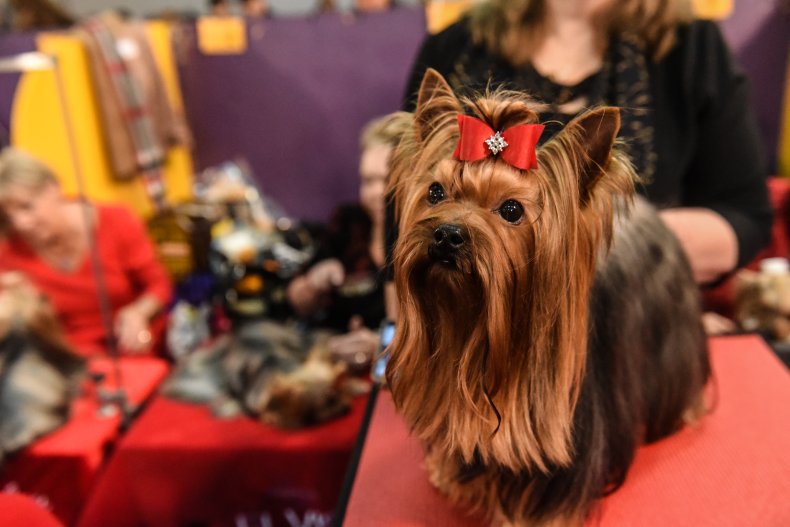
Stephanie Keith/Getty Images
Poodle
A poodle’s coat requires daily brushing to keep it from matting. “If you do not brush and comb a full-coated Poodle completely to the skin, the hair will mat near the roots and will have to be shaved off to start all over with new growth,” the AKC says.
Owners could learn to clip and trim poodles themselves or take them instead to a professional dog groomer every four to six weeks for grooming as well as a bath and nail trim, the AKC adds.
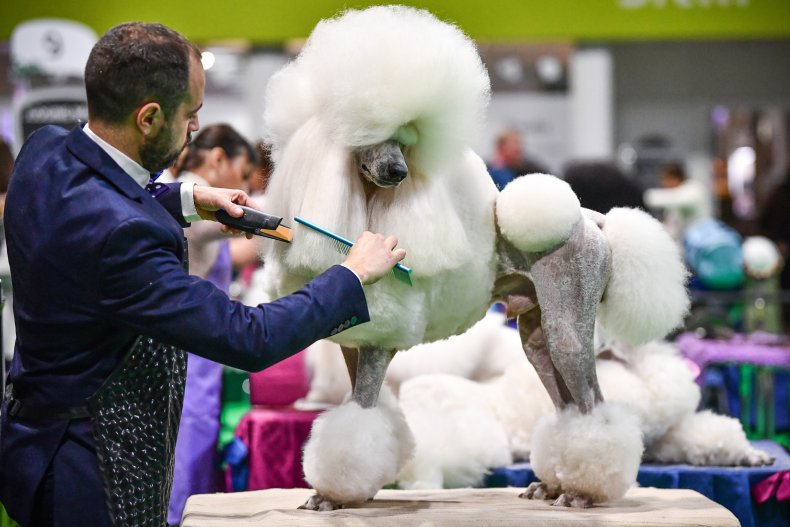
Jeff J Mitchell/Getty Images
Cocker spaniel
Cocker spaniels require regular, thorough grooming as well as thorough bathing using high quality dog shampoo.
The AKC explains: “Thorough rinsing and re-rinsing are crucial, as soap residue can cause skin irritation. Dry carefully with a blow-dryer on not too hot a setting. Learn the procedure for cleaning and drying the ear canals. During bathing, check the Cocker’s skin for any inflamed spots and get treatment.”
Learning the right grooming procedures is “key,” it notes, suggesting those who are not able to commit seek the help of a professional who is experienced with the breed.

Piroschka van de Wouw/AFP via Getty Images
Old English sheepdog
Old English sheepdogs have a double coat that requires extensive grooming down to the skin over its entire body at least once a week. Daily brushing and regular trips to a professional groomer are required, the American Canine Association (ACA) says.
The AKC notes: ” ‘Puppy trims’ are good options for pet dogs, but they also require regular brushing between baths and haircuts. Keeping the feet clipped (‘Poodle feet’) will minimize problems and cleanup. Potential owners need to be prepared to spend the time required to do this, or pay a professional groomer, for several sessions each month for the life of the dog.”
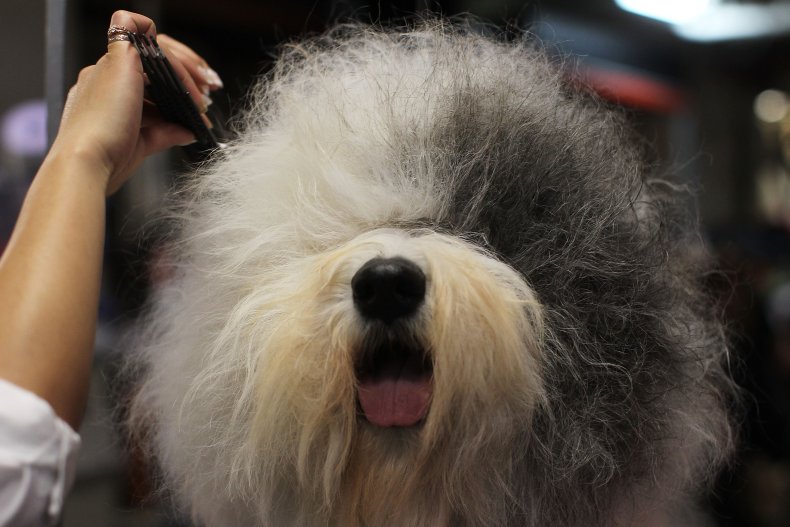
Spencer Platt/Getty Images
Afghan hound
The heavy, long and silky coat of Afghan hounds requires several hours of brushing per week to keep it free of tangles and mats and remove debris. Regular bathing with shampoo and conditioner is also required, the AKC says.
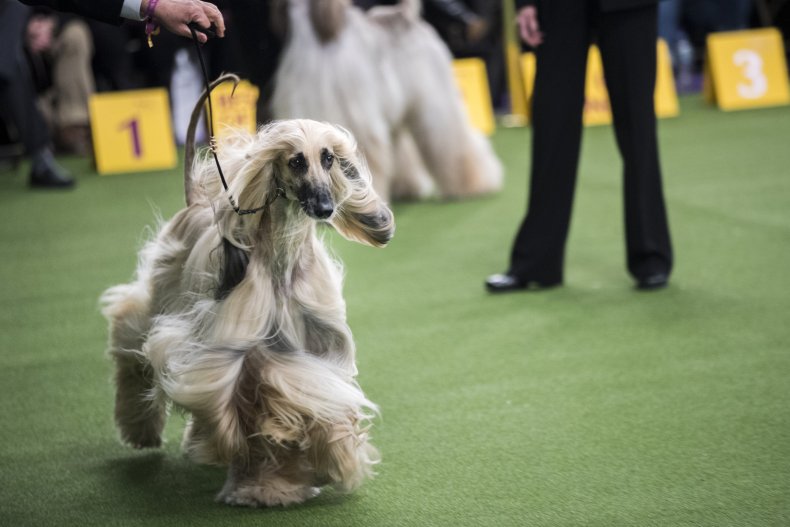
Drew Angerer/Getty Images
Pekingese
Shedding seasonally, the thick double coat of Pekingese dogs requires a fair bit of maintenance. “Brushing him at least one hour per week will help to remove loose hairs and prevent matting,” the AKC recommends.
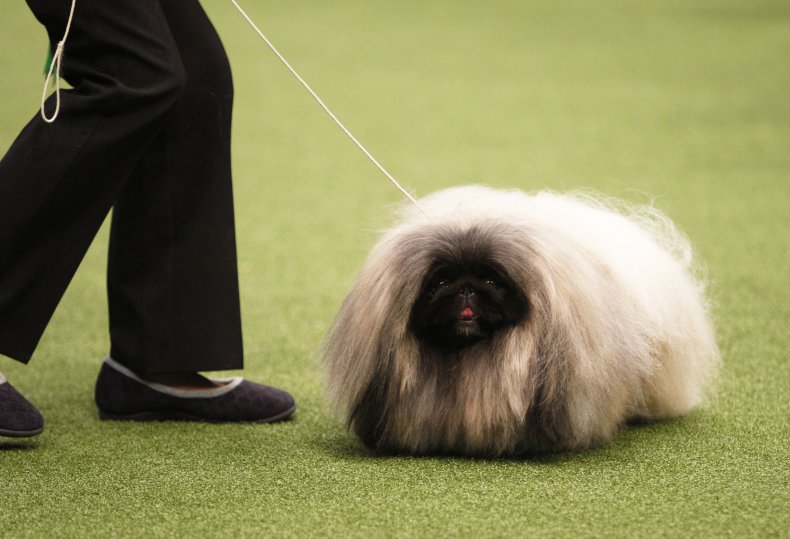
Richard Stabler/Getty Images
Puli
The puli breed should be groomed by a professional groomer as often as required. “When bathing within your home, this breed is extremely hard to dry due to their ‘chords’ for hair. It can take several hours, to even a day for this breed to dry. If this breed is not dried correctly, it can leave mildew as well as a stench within their chords,” the ACA warns.

Oli Scarff/AFP via Getty Images
Shih tzu
The lush long coat of shih tzu dogs requires a lot of maintenance, according to the People’s Dispensary for Sick Animals (PDSA), a U.K. veterinary charity.
They require daily brushing to keep their double coat knot-free. “Unless you’re showing your Shih Tzu, most owners opt to keep their fur clipped. This will need doing every 6-8 weeks, usually by a professional groomer.
“Keep a close eye on the fur around you Shih Tzu’s mouth and nose, trimming it occasionally and keeping the area clean as food can collect around there and make the skin sore, which could potentially lead to infections,” the PDSA says.
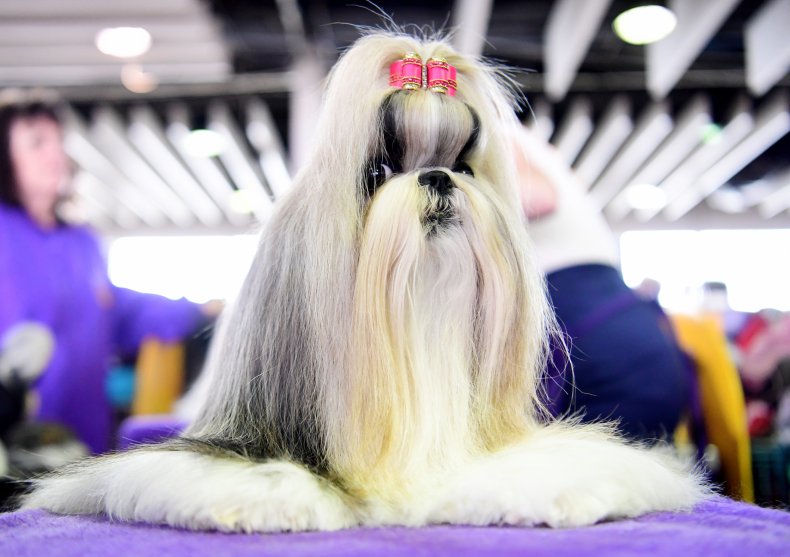
Sarah Stier/Getty Images
Komondor
A komondor’s corded coat needs special care. A breeder told the AKC: “When the coat starts to clump or ‘plate up’ at 9 or 10 months, we start to split the clumps or plates into areas that grow out of an area on the skin about the size of a quarter. Those grow out into the cords.”
They suggest bathing with dilute shampoo to stay on top.
“To finish the bath, make sure to rinse out every hint of the shampoo, and then dry by squeezing, using towels, and then in front of a strong fan overnight. If the coat doesn’t get dry or has residual shampoo, it might smell badly,” the breeder added.
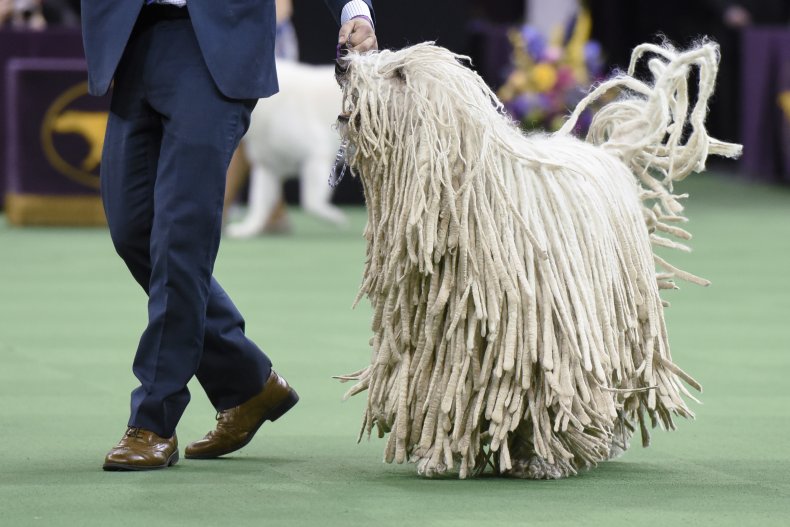
Matthew Eisman/Getty Images
Maltese
To keep the long, white coat of Maltese dogs at its best, daily brushing and combing down to the skin (to prevent tangles and mats) are required, along with regular baths and coat conditioning, the AKC advises.
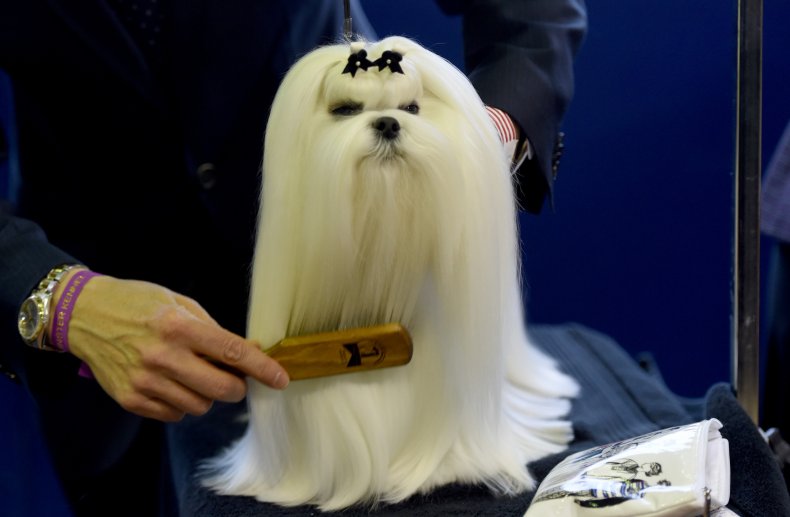
Timothy A. Clary/AFP via Getty Images
West Highland white terrier
This Scottish breed needs regular brushing several times a week to maintain a thick coat.
“While they shed throughout the year, what makes them really high maintenance is definitely the grooming!” the PDSA says.
Owners are urged to speak to your vet before buying a shampoo because it is not uncommon for Westies to suffer from skin allergies.
“Your Westie will likely need to see a professional groomer as often as every six weeks for a trim,” the PDSA adds. “As their fur can get matted, you may need to bath your Westie if they’ve rolled in something while out walking.”
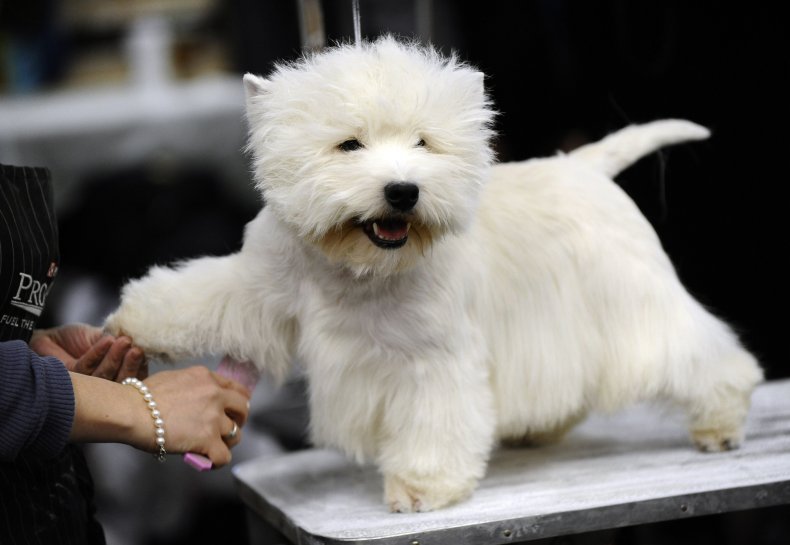
Timothy A. Clary/AFP via Getty Images
Giant schnauzer
The dense, wiry double coat of giant schnauzers need to be brushed weekly and clipped or stripped regularly “to maintain a healthy and attractive coat,” the AKC says. “The owner should be prepared to spend time maintaining the coat or plan to have the dog periodically groomed by the breeder or someone whom the breeder recommends.”
Their ears also need to be checked regularly for signs of infection, while the teeth should also be brushed often using a toothpaste formulated for dogs.

Shirlaine Forrest/WireImage
Polish lowland sheepdog
The shaggy, thick, double coat of Polish lowland sheepdogs “requires a lot of maintenance,” according to the AKC.
Ones who are kept in full coat will need to be thoroughly brushed at least once a week. Those in a puppy or “summer” clip still require “routine brushing to keep the coat free of mats and debris such as grass, weeds, and flower blooms,” it adds.

Timothy A. Clary/AFP via Getty Images
Newfoundland
This Canadian breed sheds heavily twice a year with weather changes. Daily brushing that reaches their undercoat as well as bathing are required. A session with a professional groomer is recommended every three to four months, according to the ACA.
The Canadian Kennel Club says: “The thick coat needs regular raking and brushing, especially during times of seasonal shedding. The Newf’s coat was designed to aid him in water work. It is flat, dense and water-resistant, being somewhat oily.”
Their coat requires a thorough brushing using a slicker brush and a long-toothed comb to remove dead hair and prevent mats from forming, the AKC advises.
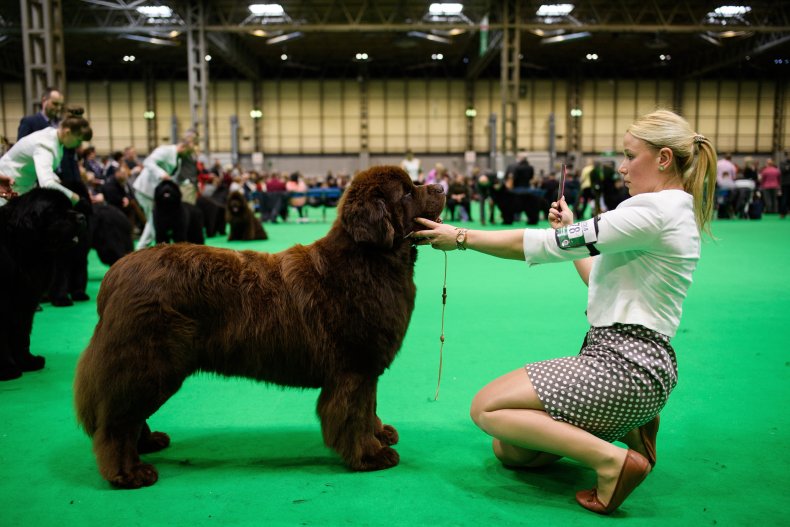
Leon Neal/Getty Images
Lhasa apso
Both long hair and puppy cut lhasa apso dogs require a good amount of maintenance. The ACA highly recommends regular trips to a professional groomer to ensure proper care of their coat.
The AKC explains: “Lhasas in a puppy cut or other clip still should be brushed regularly and bathed between visits to the groomer. Long hair requires regular brushing, using the right tools and techniques. Expect to bathe a long coat at least every two weeks, and brush at least once between baths.
“Thorough rinsing is essential, as shampoo residue irritates the skin. Conditioners and finishing sprays make grooming easier. Freshly bathed long or clipped hair should be thoroughly dried and brushed, as damp hair, even when clean, will mat,” the AKC warns.
Pomeranian
A pomeranian’s extravagant double coat requires frequent brushing down to the skin once a week to keep the hair from matting. “It is highly recommended that you find a groomer to do a full groom—including bath, brushing, ears, nails, and anal glands—every four to six weeks, if you are not comfortable with doing this at home,” the AKC advises.
Bichon frise
Bichon frise dogs should be brushed at least twice or three times a week, but daily brushing is best. They also require a bath and clipping at least once a month. Most owners of bichon frises take them to a groomer every four to six weeks.
The AKC says: “The Bichon is considered to be relatively hypoallergenic, as the breed sheds very little because the shed hair is caught up in the undercoat. That shed hair has to be brushed out to prevent mats from forming.”
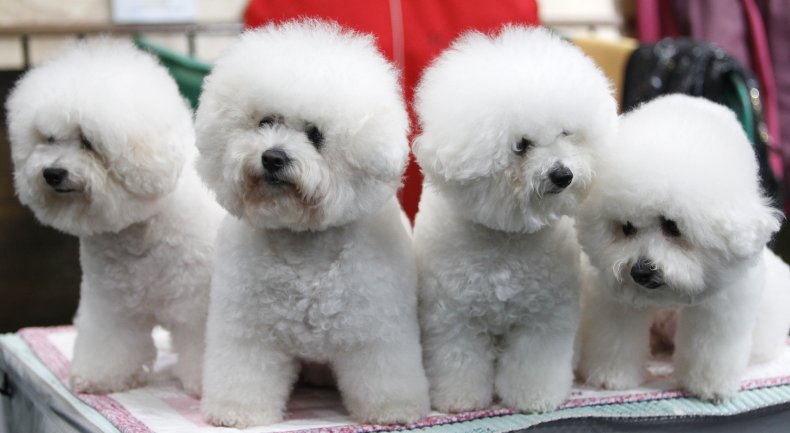
Richard Stabler/Getty Images
Bolognese
Bolognese, another bichon breed type, don’t shed but do require daily brushing to prevent knots and mats from forming in their curly hair. “Special attention may need to be paid to their face due to tear stains forming on their white coats,” ACA says.
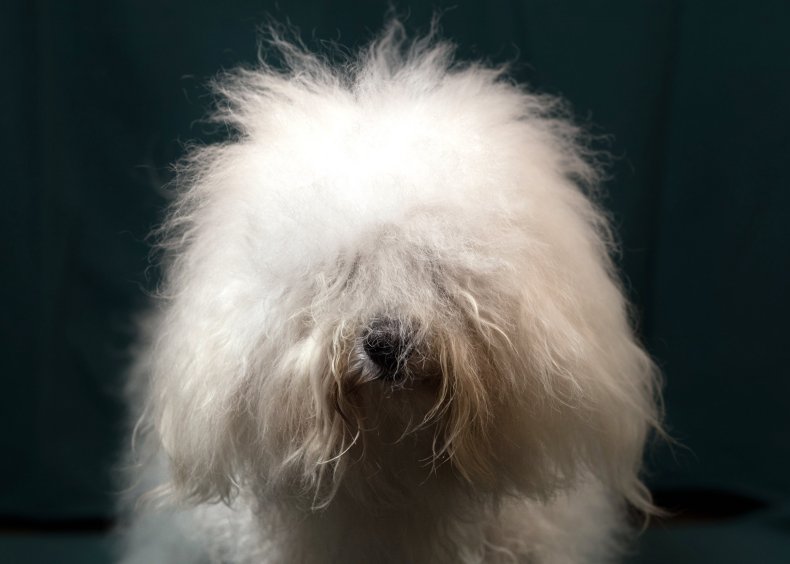
Matt Cardy/Getty Images
Kerry blue terrier
While kerry blue terriers also don’t shed, their coat needs to be thoroughly brushed and combed once a week to avoid matting. “Combined with regular brushing, a full grooming every six to eight weeks will keep the coat manageable,” according to the AKC.
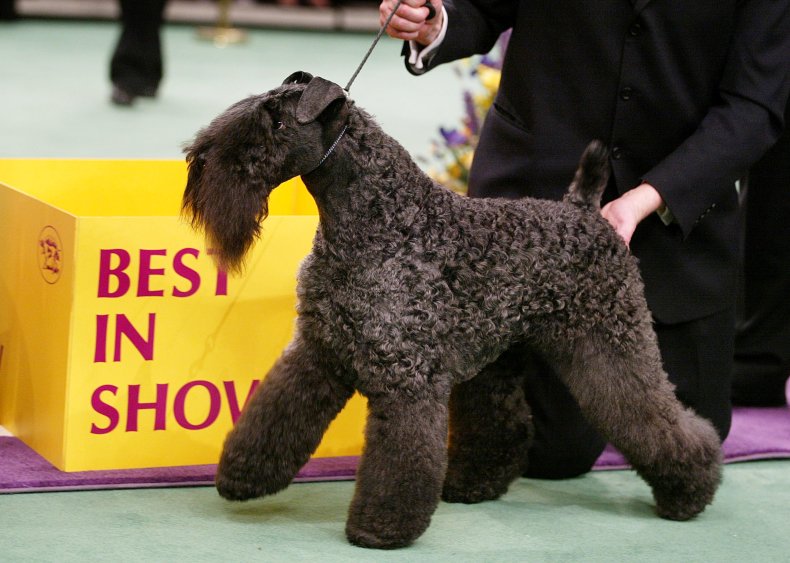
Mario Tama/Getty Images
Portuguese water dog
Ranging from tight and curly to loose and wavy, the “dense, profuse coat” of a Portuguese water dog requires weekly extensive grooming, the AKC says.
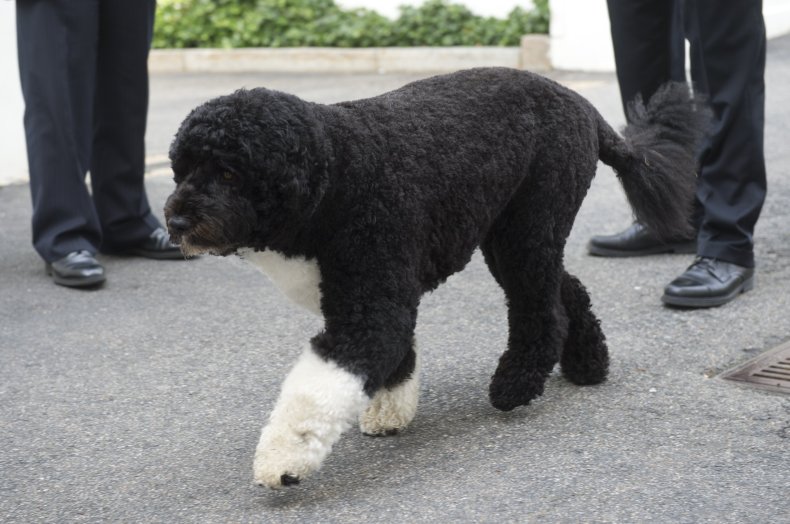
Saul Loeb/AFP via Getty Images
Cavalier King Charles spaniel
These dogs require delicate and frequent car.
The ACA has compared the breeds’ silky coat to human hair and advises the dogs need “daily combing and special attention to their ears, tail and paws to eliminate the chance of knots and mats from forming.”
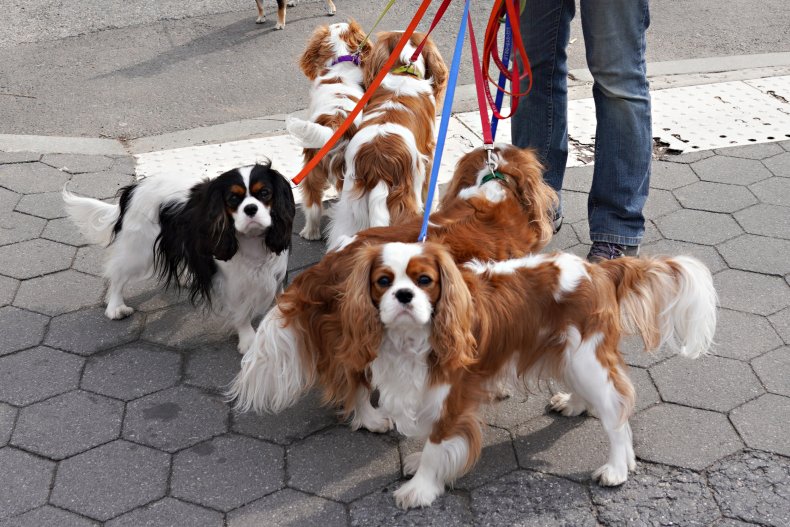
Cindy Ord/Getty Images
Collie
Both the rough and smooth coat collies require daily brushing and the ACA recommends discussing detailed coat care instructions with a professional groomer to ensure the healthiest coat for your collie.
Smooth collies require regular grooming even though their coat won’t mat because “they have a double coat, and the undercoat needs brushing out during shedding periods,” the AKC explains.
However, rough collies do need extra care to keep their coat from matting, especially behind the ears and elbows, as well as to remove loose undercoat. “A weekly brushing down to the skin eliminates that problem and keeps the coat and skin healthy,” AKC adds.
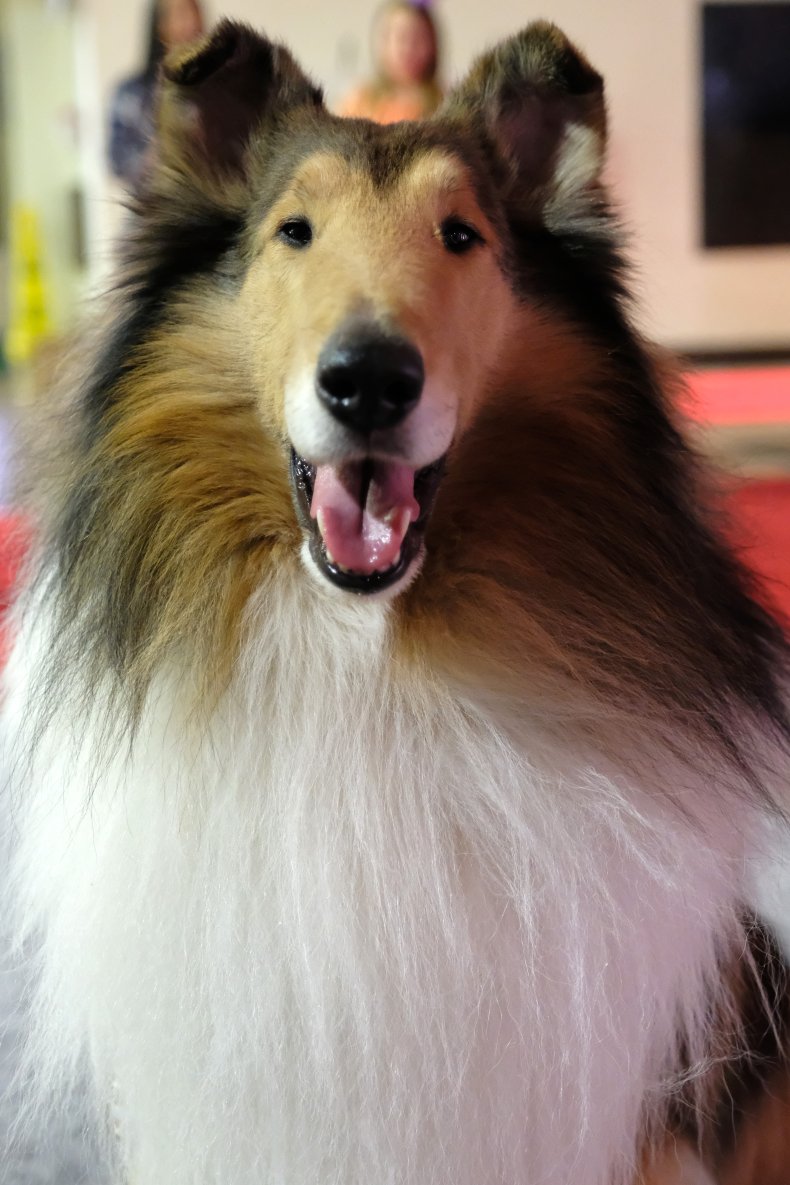
Sarah Morris/Getty Images
Havanese
Daily brushing is required for smooth, short and curly coated Havanese puppies. Regular trips to a professional groomer are also highly recommended. Special care is needed for Havanese dogs with a corded coat, which can be provided by a professional groomer, the ACA says.
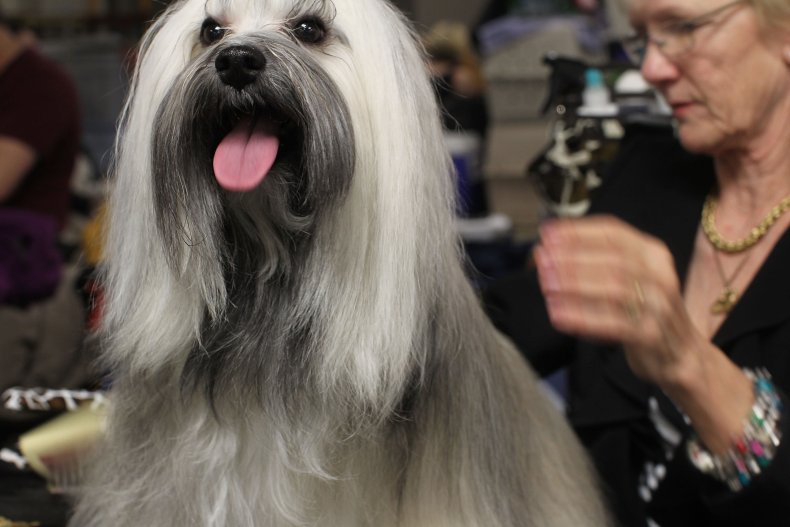
Spencer Platt/Getty Images
Welsh terrier
Similar to other broken-coated terriers, the hair on Welsh terriers can be plucked by hand, often referred to as hand-stripping. “This type of grooming is a continual process and an art that takes years to master,” AKC says.

Bruno Vincent/Getty Images
Sealyham terrier
The weather-resistant, double coat of sealyham terriers require combing and brushing every two or three days, as the coat tends to mat easily. The breed doesn’t shed but they must be hand-stripped or clipped regularly, while bathing every three to four weeks is also recommended, the AKC advises.
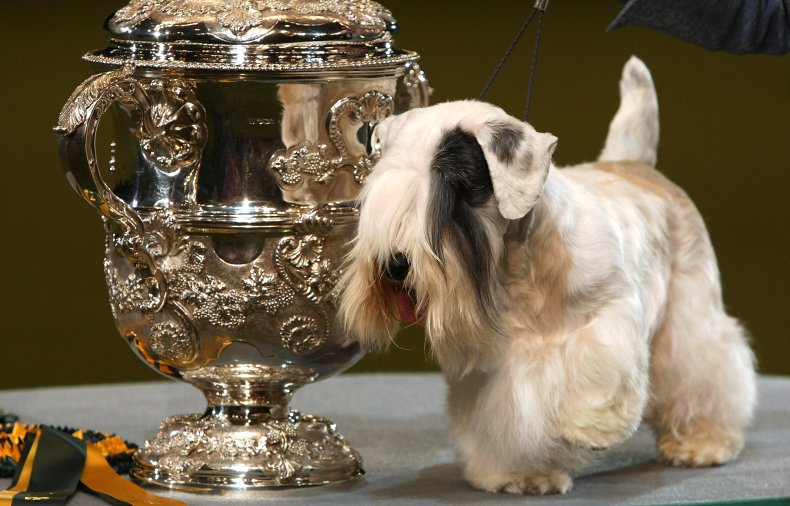
Furlong/Getty Images

Comments
Post a Comment